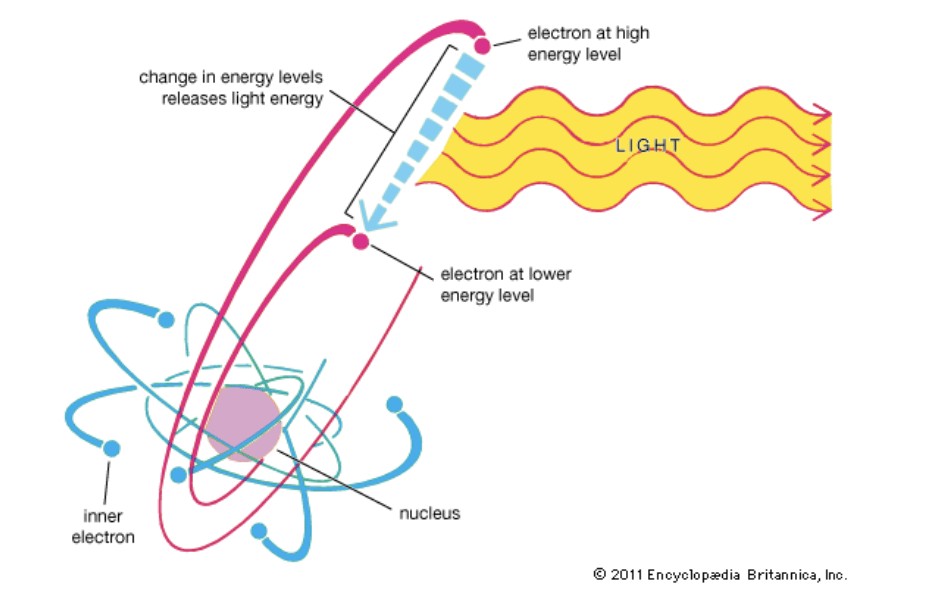
Overview
Title: Light Energy
Grade: 4th Grade
Duration: 45 Minutes
Hypothesis
Can light travel from one object to another?
Purpose
This experiment is an investigation of how light travels. This experiment will also demonstrate the path a light takes using different materials. Students will examine and observe shadows, reflection and refraction.
Materials
- Mirror – fastened with tape or elastic to a small wooden block so it can stand upright
- Pane of glass (or clear plastic), 3-inch square
- Eyeglass lens (convex, such as used for reading up close)
- Flashlight
- Index cards
- Clear plastic container
- Straws
- Scissors
- Glass of water
- Paper
- Rock
- Block
- Rubber Band
- Video or computer for playback of resource
Procedure
- Have students take a flashlight and shadow walk around the classroom. If you are real adventurous take a walk around the school.
- Darken the room and have one student (or groups of students) hold an index card while another student shines a flashlight at the card. Then have a third student hold a pencil so that it casts a shadow on the card. Ask the student holding the pencil to slowly move it to the left or right and challenge the student with the index card to keep the shadow of the pencil on the card without moving anything but the card. As the student with the pencil moves around the room, observe what the student with the card has to do as the shadow “keeper”.
- Tell students that they will now explore what happens when light shines on different kinds of objects that are opaque*, clear, or shiny.
- Ask students to shine the flashlight on various objects (Pre-selected by teacher).
- Have students discuss and record on paper what they see. They should pay attention to where the light would go after it hits the object and record this for each object.
- In a darkened room, have students test out their predictions. Students should shine flashlights on each object and record how the light interacts with the objects, starting with the paper and the rock. They should note that on opaque* objects, there will be definite shadows. On shiny objects such as the mirror, some of the light will be blocked from its original direction, making a shadow. Some of the light will be redirected in a beam. *Opaque: Not able to be seen through; not transparent.
- This beam will be noticeable if there is dust in the path of the light. It can also be seen if the flashlight is placed flat on a table along with the mirror that is mounted on the block of wood, so that some of the light spills onto the table. On clear objects, the light will pass right through.
- Ask students to observe and trace with a pencil the ray of light from the flashlight to the mirror, as well as its reflection. They should put arrows on their lines showing the direction in which the light is traveling. Then have students turn the mirror and trace the path of the light and its reflection using a different colored pencil, again adding arrows to show the direction in which the light is traveling. Does the reflection move with the mirror?
- Finally, have students turn the mirror one more time and trace the lines in a third color. Aim the flashlight toward the mirror and draw the incoming light line and your predicted path of reflected light.
- How do you think the light reflects when entering the mirror and leaving the mirror?
- Were you able to measure the angle of reflection compared to the angle of light coming in?
- Ask students to reflect on the following questions:
- This part is tricky! Remind them, that they are measuring the angle between the flashlight beam and the mirror on one side, as well as the angle between the reflection of the flashlight beam and the mirror on the other side. If they trace the path of the light on the paper and on the edge of the mirror, how do the two angles compare?
- Now, ask students to place an index card in front of the mirror. Have them point the light at the index card and observe the ray of light across the table. They should notice how the ray continues beyond the card as it did with the mirror. Ask students whether they think the index card is reflecting light.
Questions
Where did they see shadows?
Under what circumstances did the shadows change?
Do all shadows have to have something that blocks light, thus creating the shadow?
What do the students think would happen if/when they turn the mirror?
Does the reflection move with the mirror?
How do you think the light reflects when entering the mirror and leaving the mirror?
Were you able to measure the angle of reflection compared to the angle of light coming in?
Do you think the index card is reflecting light? Why?
